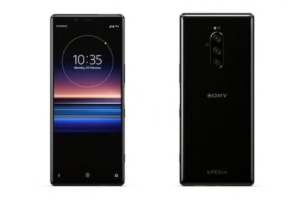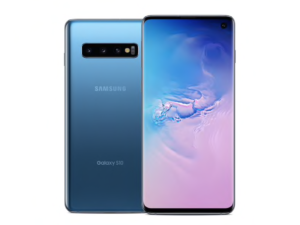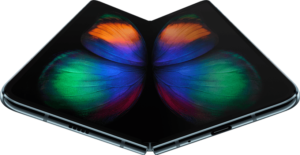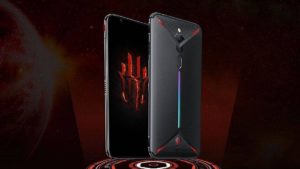Memorable Plays Staged at Natsamrat’s ‘5th Mumbai Theatre Festival’
The 5th Mumbai Theatre Festival organized by Natsamrat was successfully held from 21st to 23rd June at Creative Adda Auditorium, Versova, Mumbai. The director of all the plays is Shyam Kumar.

On the first day of the Theatre Festival, 21st June at 7 pm, the play Satya Prakash’s “Kambakht Ishq” was staged. This play explained deep themes while making the audience laugh. The story revolves around Jai’s father Kishan and Leela’s mother Radha, who face loneliness due to their children’s busy schedules. They meet at a clinic and start spending time together, which alleviates their loneliness. However, their children misunderstand this relationship and prevent them from meeting, causing both to fall ill again. Eventually, the children realize their parents need each other’s support.
Later that evening at 8:30 pm, the play “The Proposal” written by Anton Chekhov was staged. This play tells the story of a young man proposing marriage to his neighbor’s unmarried daughter. The story becomes more complicated as they argue over property and dogs.
On June 22, at 7 pm, “Haye Mera Dil” written by Ranbir Singh was staged. This play depicts the story of a hypochondriac husband who, due to a misunderstanding, believes he is going to die soon. He plans a wedding for his wife, but she mistakes his behavior for infidelity.
At 8:30 pm, the play “Kuchh Tum Kaho Kuchh Hum Kahen” written by Ashish Kotwal was staged. It tells the story of Anand and Mansi, who have different outlooks on life. Their poignant banter left the audience emotional.
The Natya Mahotsav concluded on June 23 with the play “Kallu Naai MBBS” written by Moliere. This play is about a barber who is always drunk and beats his wife. His wife devises a plan with the help of servants to teach him a lesson.

In all the plays, actors Sanjay Basliyal, Munmun, P.K. Khayal, Aman Kumar, Shivangi, Raman Kumar, Sudhir Khanna, Naveen, Vishwajeet, and Saumya Yadav gave excellent performances. Backstage management was handled by Sunil Rathore and Naushad, stage management by Suraj Singh, makeup by Payal and Raj Rani, costumes by Chhobi Saha and Rohit Prasad, and lighting was designed by Shyam Kumar.
The audience greatly appreciated these plays and praised the messages contained within them.



